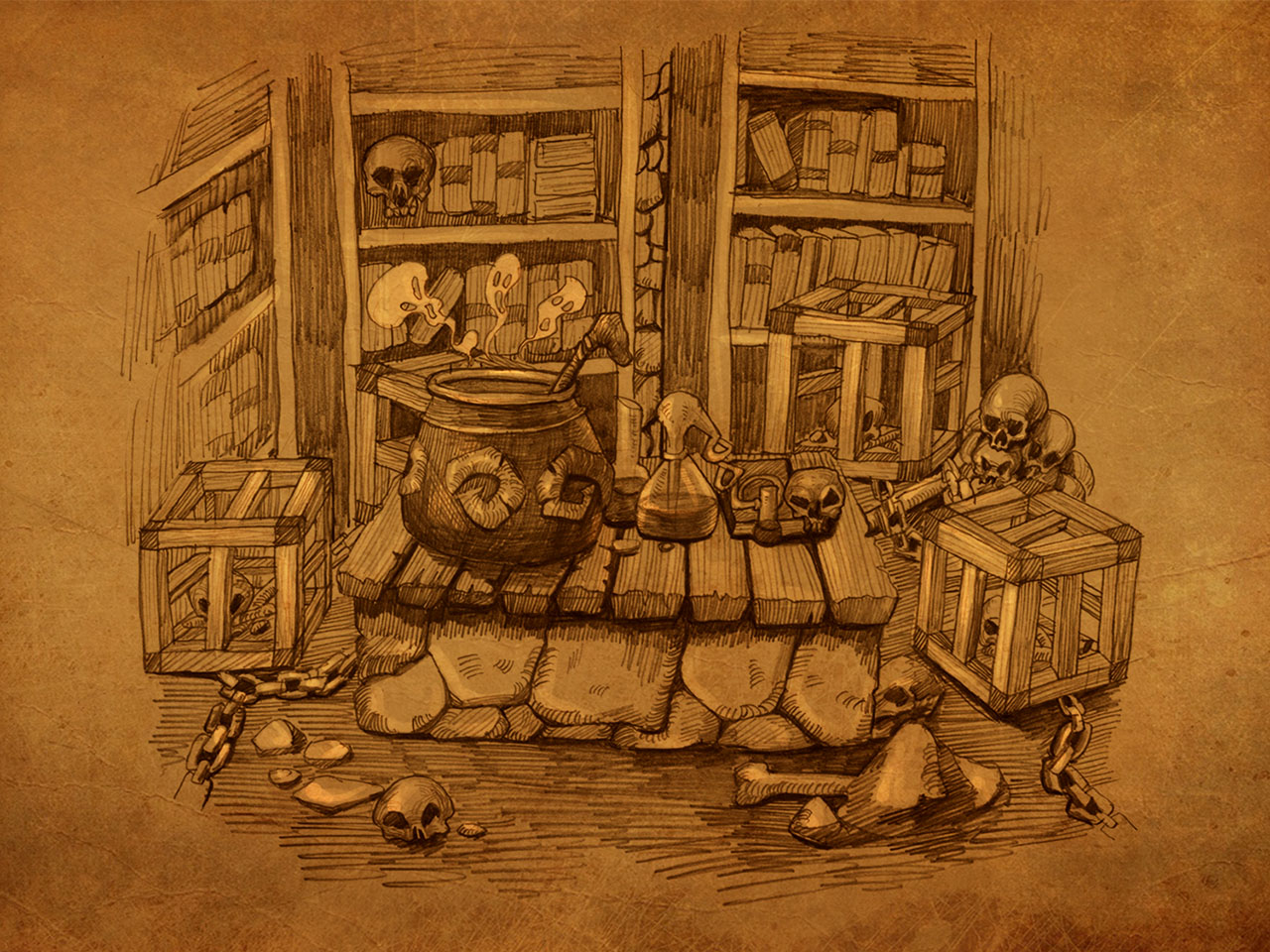

The disposition of some of the stones remains a mystery even to this day, but fortunately three of the image stones (including the two inscribed with runic symbols) were found inside Marsvinshome Castle in 1814.Īs the deciphered runic inscriptions make clear, the monument was constructed by two sons (Ásbjôrn and Tumi) of a man named Gunni Hand. Tragically, the monument was dismantled by a Swedish count named Erik Ruuth in the 1780s AD, who owned the Marsvinshome estate at that time. Five of the eight stones featured intricately carved images, and two of these also included runic inscriptions. Five stood in a horizontal row, while three others were laid side-by-side on the ground before the standing stones. The famous drawing of the Hunnestad Monument by Ole Worm (Ole Worm (1588-1654) / Public domain )Īs revealed by Worm, the Hunnestad Monument was comprised of eight large, heavy stones in total. The Hunnestad Monument appears to have been constructed sometime between the 10 th and 14 thcenturies AD, which means it had likely been standing for a few hundred years when it was sketched by Ole Worm. Despite its location on Swedish territory, the estate was originally owned by Danish royalty and featured a magnificent castle (built in the 17 th century AD) that still stands to this day. The monument was constructed on an estate called Marsvinshome, which is located near the southern coast of Sweden, approximately seven miles (12 kilometers) from Ystad. Its enduring status was assured by the intricate drawings of Ole Worm, a Danish explorer and lover of antiquities who visited the Hunnestad site in 1643. The unique image stone has been missing since the 18th century. (Image: Annika Knarrström / Arkeologerna ) Reconstructing The Hunnestad MonumentĮven though it was dismantled in the 18 th century, the Hunnestad Monument remains one of Scandinavia’s most celebrated Viking-era monuments. “This will give us a lot of new knowledge, in several areas, about art, religious history, and archaeology.”

“This is a fun, fantastic find, which we did not think would happen,” said Magnus Kallstrom, a rune expert from Sweden’s National Heritage Board. Viking Runestone Uncovers Climate Fears That Fed Ragnarök Myth.Runestone Discovered in Sweden Provides Window Into Viking Past.New Interpretation of the Rok Runestone Inscription Changes View of Viking Age.This is the fourth stone (of the original eight) from the monument to be recovered the other three are currently on display at the Kulturen Museum in Lund, where the new stone may soon be headed. Incredibly, it seems that the newly recovered runestone was removed from the Hunnestad Monument and used as a foundation stone for a bridge constructed over a nearby river sometime in the distant past.

“We found some porcelain fragments and bricks in the lower layers from the 18 th century, and I joked a bit with the others that ‘now we have to be a little careful so we do not get rune or image stone,’ and then suddenly we have a carved stone right in front of us.” “It feels unbelievable, because it was a completely normal excavation monitoring,” exclaimed Axel Krogh Hansen, an archaeologist from Sweden’s National Historical Museums.

The runestone had not been seen by anyone since the 18 th century AD, when the once magnificent Hunnestad Monument was destroyed by an unappreciative and uncomprehending landowner.Īrchaeologist Axel Krogh Hansen at the statue that was found during the excavation in front of a sewer line. (Image: Annika Knarrstreöm / Arkeologerna ) How A Super Famous Runestone Became Part Of A Bridge The rocky relic was quickly identified as one of the stones used to construct the Hunnestad Monument, a famous vertical and horizontal assemblage of image-bearing and inscribed runestones that had once stood just a few miles away, northwest of Ystad. The discovery was shocking, in part because it was unexpected and in part because of what it represented. While digging in half-frozen soil near the city of Ystad in December 2020 AD, they unearthed a large oblong-shaped runestone that featured an intricate carving of a powerful, ferocious wolf, which is known as Fenris (or Fenrir) in Norse mythology. Performing excavations in an area where new sewer lines are currently being installed, Swedish archaeologists have announced a remarkable and borderline miraculous find.


 0 kommentar(er)
0 kommentar(er)
